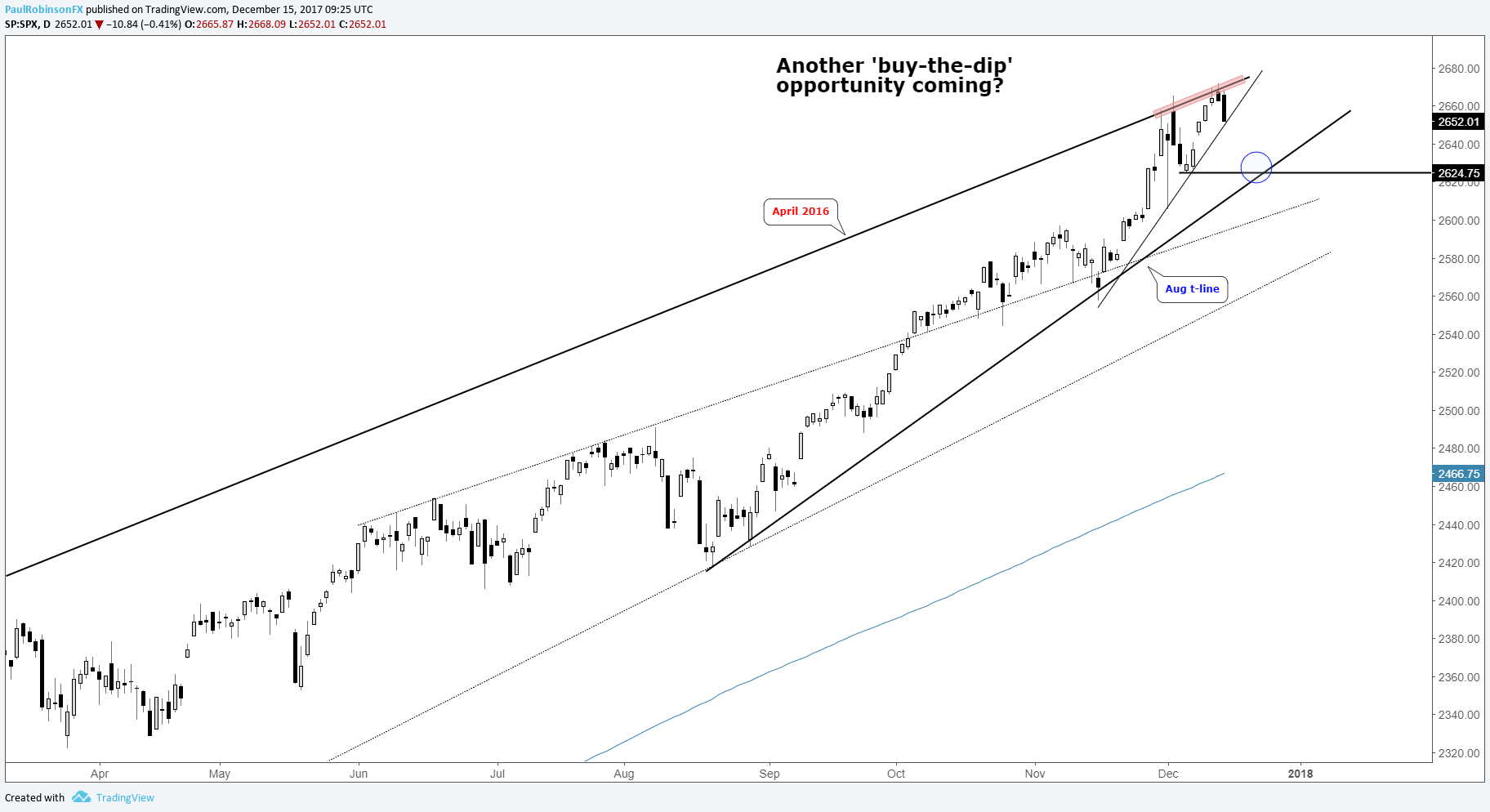S&p 500 10 Year Chart
The S&P 500 Index originally began in 1926 as the 'Composite Index' comprised of only 90 stocks. According to historical records, the average annual return since its inception in 1926 through 2018 is approximately 10%. The average annual return since adopting 500 stocks into the index in 1957 through 2018 is roughly 8% (7.96%).
How Inflation Affects S&P 500 Returns
One of the major problems for an investor hoping to regularly recreate that 10% average return is inflation. Adjusted for inflation, the historical average annual return is only around 7%. There is an additional problem posed by the question of whether that inflation-adjusted average is accurate, since the adjustment is done using the inflation figures from the Consumer Price Index (CPI), whose numbers some analysts believe vastly understate the true inflation rate.

Sign in - Google Accounts.
How Market Timing Affects S&P 500 Returns
Another major factor in annual returns for an investor in the S&P 500 is when they choose to enter the market. For example, the SPDR® S&P 500® ETF, which corresponds to the index, performed very well for an investor who bought between 1996 and 2000, but investors saw a consistent downward trend from 2000 to 2002.
Investors who buy during market lows and hold their investment, or sell at market highs, will experience larger returns than investors who buy during market highs, particularly if they then sell during dips.
Attempting to time the market is not advised, particularly for beginning investors.
S& P 500 10 Year Chart Free
It's clear that the timing of a stock purchase plays a role in its returns. For those who want to avoid the missed opportunity of selling during market lows, but don't want the risk of active trading, dollar-cost averaging is an option.
The History of the S&P 500 Index
The Standard & Poors 500 Index is a collection of stocks intended to reflect the overall return characteristics of the stock market as a whole. The stocks that make up the S&P 500 are selected by market capitalization, liquidity and industry. Companies to be included in the S&P are selected by the S&P 500 Index Committee, which consists of a group of analysts employed by Standard & Poor's.
505
S& P 500 10 Year Chart 2017
The number of stocks in the S&P 500 due to several companies within the index having multiple share classes. These include Google Inc., Discovery Communications Inc., and Berkshire Hathaway Inc.
The index primarily mirrors the overall performance of large-cap stocks. The S&P 500 is considered by analysts to be a leading economic indicator for both the stock market and the U.S. economy. The 30 stocks that make up the Dow Jones Industrial Average were previously considered the primary benchmark indicator for U.S. equities, but the S&P 500, a much larger and more diverse group of stocks, has supplanted it in that role over time.
S&p 500 Historical Returns Chart
It's difficult for most individual investors to actually be invested in the S&P 500 stocks themselves, since that would involve buying 500 individual stocks. However, investors can easily mirror the index's performance by investing in an S&P 500 Index exchange-traded fund like the SPDR® S&P 500® ETF, whose ticker is SPY, which corresponds to the price and yield of the index. Since ETFs are frequently recommended for beginning and/or risk-averse investors, the S&P 500 is a popular choice for many investors trying to capture a diversified selection of the market.
Investing in these types of assets would require a stockbroker. Brokers can have varying prices, features and intent. While some brokers may specialize in more advanced trading, others may be more geared toward beginners.